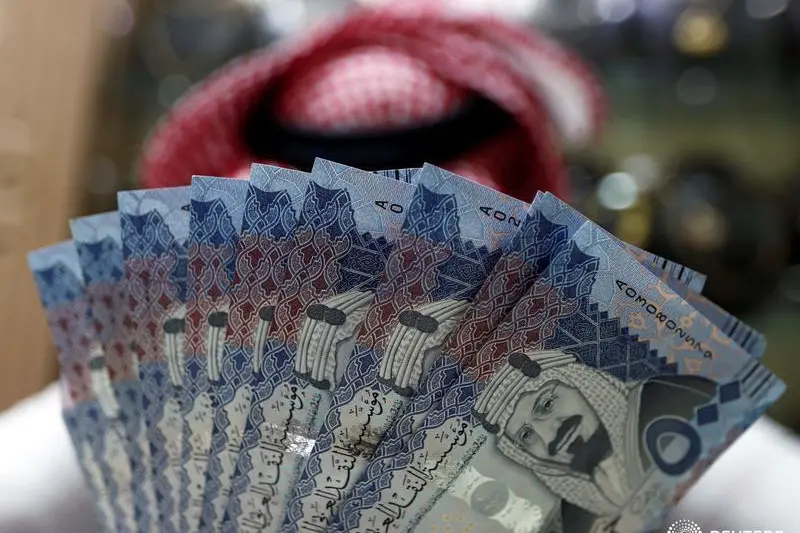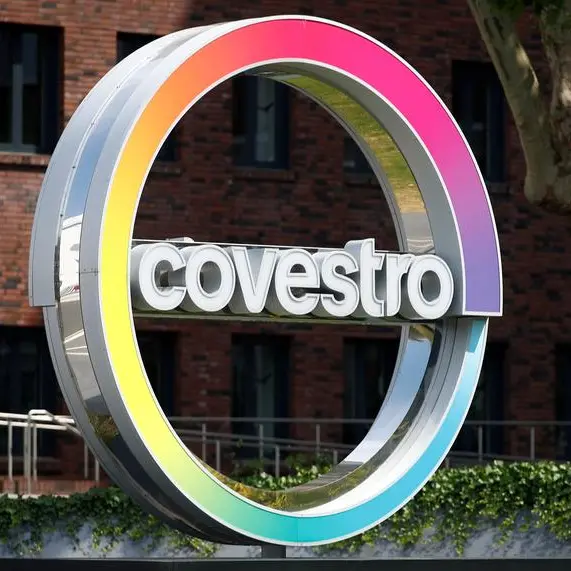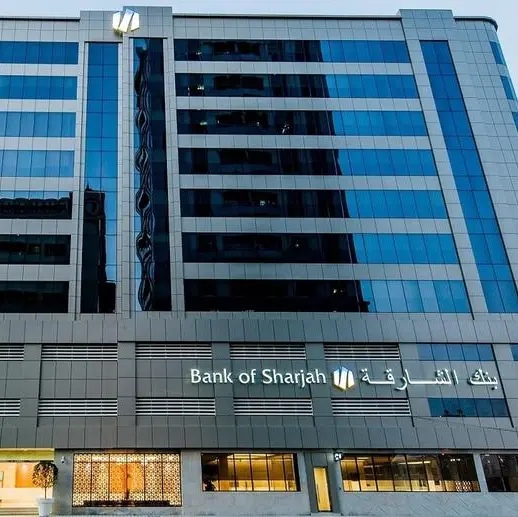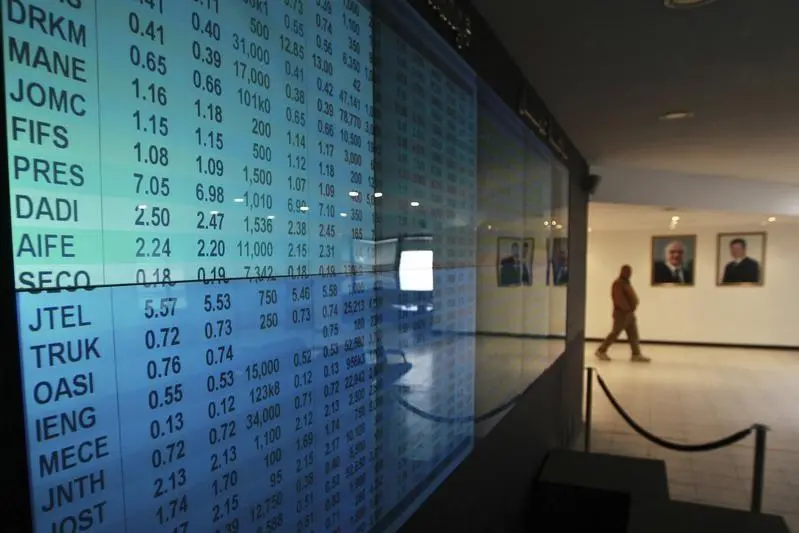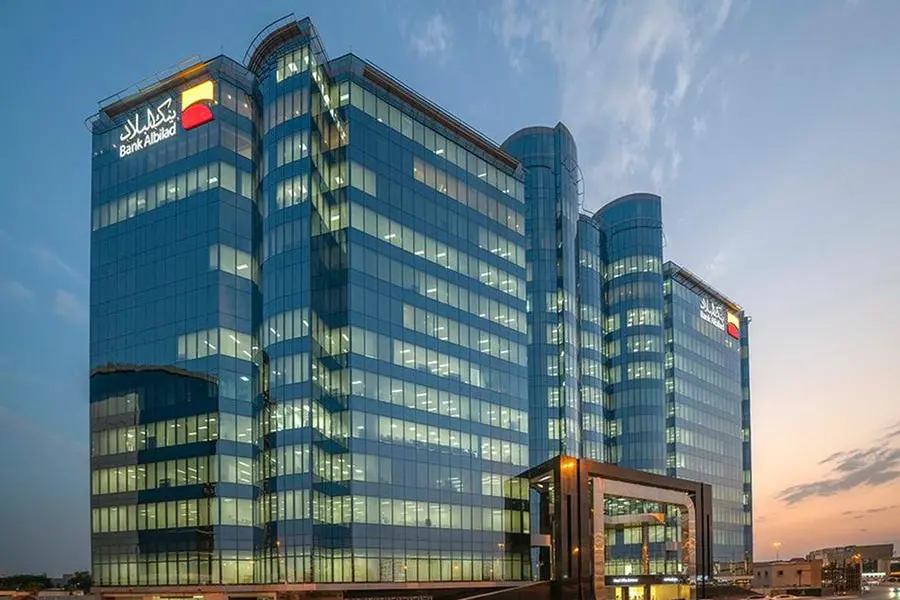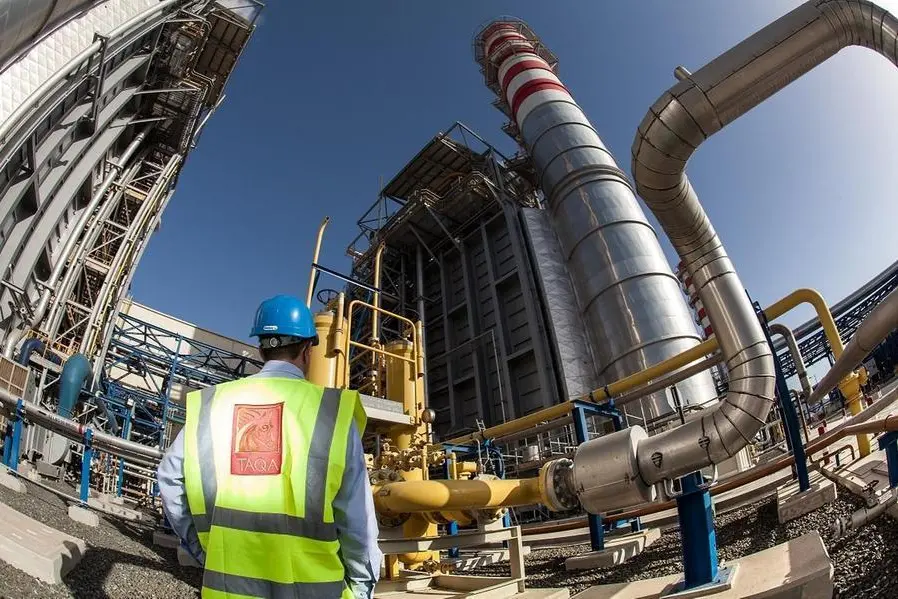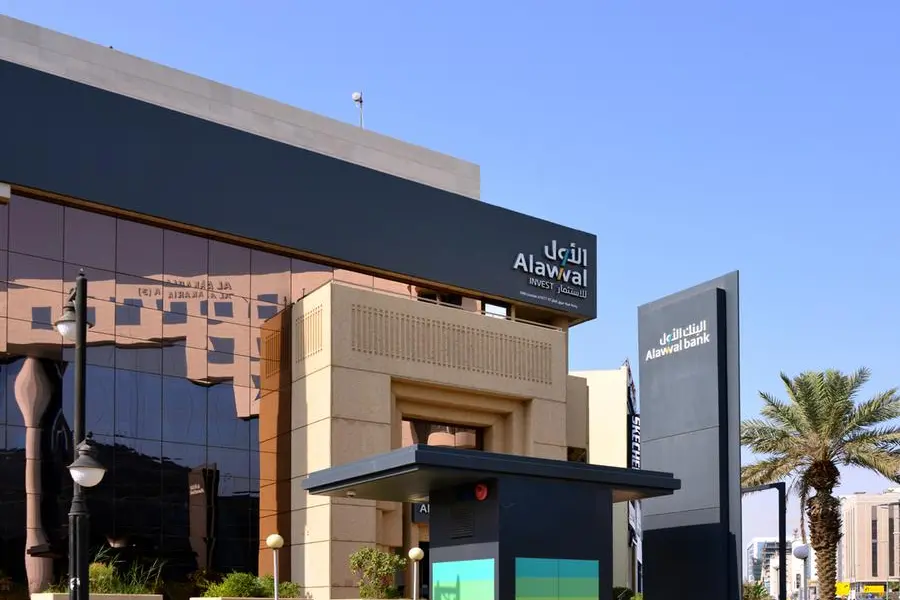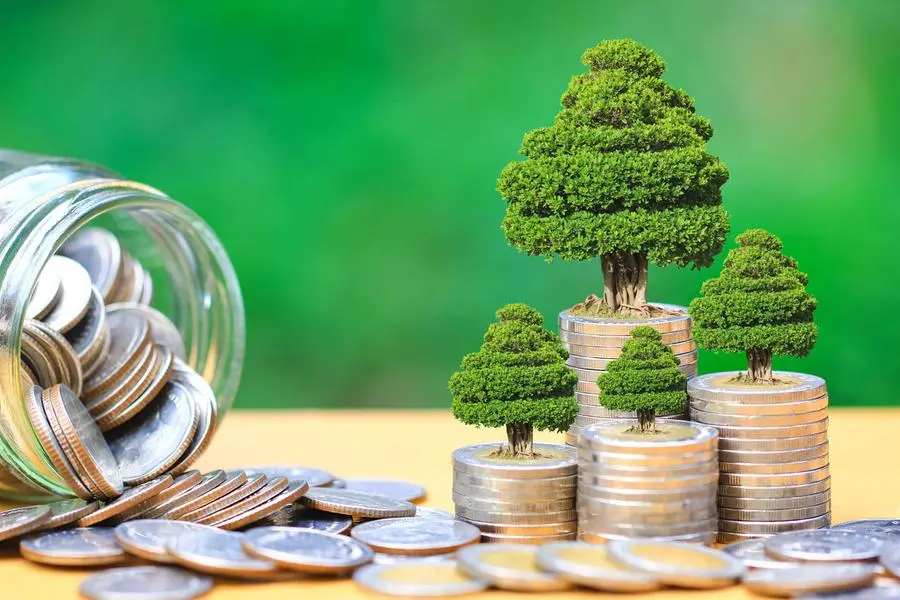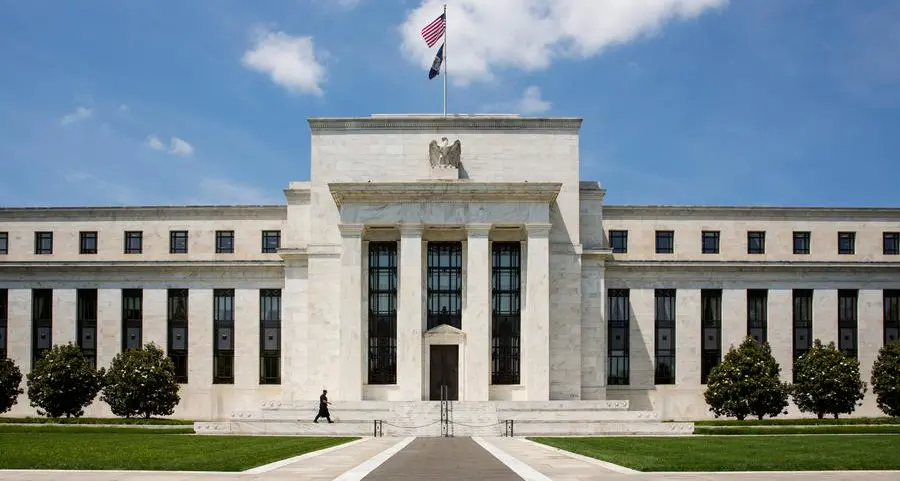PHOTO
A Saudi money changer displays Saudi Riyal banknotes at a currency exchange shop in Riyadh, Saudi Arabia July 27, 2017. Image used for illustrative purpose.
JEDDAH — Saudi banks’ domestic liquid assets ended 2017 at a record high SR457 billion, despite subdued deposit growth and challenging business conditions, a credit positive, Moody’s Investors Service said in its Sectoral Comment issued last Feb. 1.
The report said the Saudi banks’ domestic liquid assets grew 11% in 2017 and equaled 20% of banks’ assets at year-end 2017 (versus 14% as of year-end 2015). Similarly, Saudi banks’ ratio of reserves to total deposits was 14.8% as of year-end 2017, its highest since year-end 2012.
The positive trends were achieved amid muted 0.1% deposit growth in 2017 and was mainly driven by a contraction of 1.0% in banks’ loans and a 43% increase in the banks’ holdings of domestic government bonds.
Since the oil price shock, Saudi banks’ deposit growth has been sluggish, averaging 1% since 2015 (versus a 12% average during 2011-14). The decline in deposit growth was led by a decline in government balances amid a fiscal deficit stemming from lower oil prices and a contraction in deposits from the private sector because of government spending cuts, payment delays and weakening economic growth. Combined with increased government domestic borrowing, these developments tightened banking system liquidity.
However, the funding squeeze eased in late 2016 as credit growth slowed after the government cleared large volumes of overdue payments to contractors. Pressures further eased in 2017, when the government increased its recourse to international debt issuance to finance its deficit, supporting a 12% increase in public-sector deposit inflows to the banking system, versus a 10% decline in 2016, which mitigated the 3% contraction in deposit volumes from the private sector in 2017.
Although access to funding remains tight, lower credit growth prevented liquidity challenges. During 2017, banks’ loans contracted 1% (versus an increase of around 3% in 2016), resulting mainly from the government’s fiscal consolidation measures, which affected economic growth (we estimate that real GDP contracted 0.7% in 2017), credit demand and banks’ lending appetite. Loans for sectors highly dependent on public spending were lower, such as the building and construction sector, where loans declined 15% in 2017.
As a result, the reported loan-to-deposit ratio was broadly stable at 86% as of year-end 2017, after increasing to 87% in 2016 from 79% in 2014.
In the context of limited growth opportunities, Saudi banks have built liquidity buffers. Following a 25% decline in 2015, the stock of domestic liquid assets in Saudi banks increased by 29% in 2016 and 11% in 2017. This growth was mainly driven by a significant increase in banks’ holdings of domestic government bonds, which was SR254 billion as of year-end 2017, up from SR86 billion at year-end 2015, and equal to 11% of banking assets, up from 4%, over the same period.
Successive sovereign debt issuance in 2017, notably Sukuk issuance, allowed banks to transfer their excess liquidity into high-quality government investments. As of year-end 2017, government bonds comprised 56% of Saudi banks’ domestic liquid assets, up from 27% in 2015.
We expect that economic activity in Saudi Arabia will recover over the next 12-18 months, in line with the spending increases planned in the government’s 2018 budget. In particular, we expect that Saudi banks will benefit from the government’s private-sector stimulus of SAR72 billion to support private-sector growth over the next four years.
“As a result of improved liquidity, we believe banks are in a better position to absorb a pick-up in lending in 2018, which we expect will grow by around 4%,” Moody’s said. — SG
The report said the Saudi banks’ domestic liquid assets grew 11% in 2017 and equaled 20% of banks’ assets at year-end 2017 (versus 14% as of year-end 2015). Similarly, Saudi banks’ ratio of reserves to total deposits was 14.8% as of year-end 2017, its highest since year-end 2012.
The positive trends were achieved amid muted 0.1% deposit growth in 2017 and was mainly driven by a contraction of 1.0% in banks’ loans and a 43% increase in the banks’ holdings of domestic government bonds.
Since the oil price shock, Saudi banks’ deposit growth has been sluggish, averaging 1% since 2015 (versus a 12% average during 2011-14). The decline in deposit growth was led by a decline in government balances amid a fiscal deficit stemming from lower oil prices and a contraction in deposits from the private sector because of government spending cuts, payment delays and weakening economic growth. Combined with increased government domestic borrowing, these developments tightened banking system liquidity.
However, the funding squeeze eased in late 2016 as credit growth slowed after the government cleared large volumes of overdue payments to contractors. Pressures further eased in 2017, when the government increased its recourse to international debt issuance to finance its deficit, supporting a 12% increase in public-sector deposit inflows to the banking system, versus a 10% decline in 2016, which mitigated the 3% contraction in deposit volumes from the private sector in 2017.
Although access to funding remains tight, lower credit growth prevented liquidity challenges. During 2017, banks’ loans contracted 1% (versus an increase of around 3% in 2016), resulting mainly from the government’s fiscal consolidation measures, which affected economic growth (we estimate that real GDP contracted 0.7% in 2017), credit demand and banks’ lending appetite. Loans for sectors highly dependent on public spending were lower, such as the building and construction sector, where loans declined 15% in 2017.
As a result, the reported loan-to-deposit ratio was broadly stable at 86% as of year-end 2017, after increasing to 87% in 2016 from 79% in 2014.
In the context of limited growth opportunities, Saudi banks have built liquidity buffers. Following a 25% decline in 2015, the stock of domestic liquid assets in Saudi banks increased by 29% in 2016 and 11% in 2017. This growth was mainly driven by a significant increase in banks’ holdings of domestic government bonds, which was SR254 billion as of year-end 2017, up from SR86 billion at year-end 2015, and equal to 11% of banking assets, up from 4%, over the same period.
Successive sovereign debt issuance in 2017, notably Sukuk issuance, allowed banks to transfer their excess liquidity into high-quality government investments. As of year-end 2017, government bonds comprised 56% of Saudi banks’ domestic liquid assets, up from 27% in 2015.
We expect that economic activity in Saudi Arabia will recover over the next 12-18 months, in line with the spending increases planned in the government’s 2018 budget. In particular, we expect that Saudi banks will benefit from the government’s private-sector stimulus of SAR72 billion to support private-sector growth over the next four years.
“As a result of improved liquidity, we believe banks are in a better position to absorb a pick-up in lending in 2018, which we expect will grow by around 4%,” Moody’s said. — SG
© Copyright 2017 The Saudi Gazette. All Rights Reserved. Provided by SyndiGate Media Inc. (Syndigate.info).
